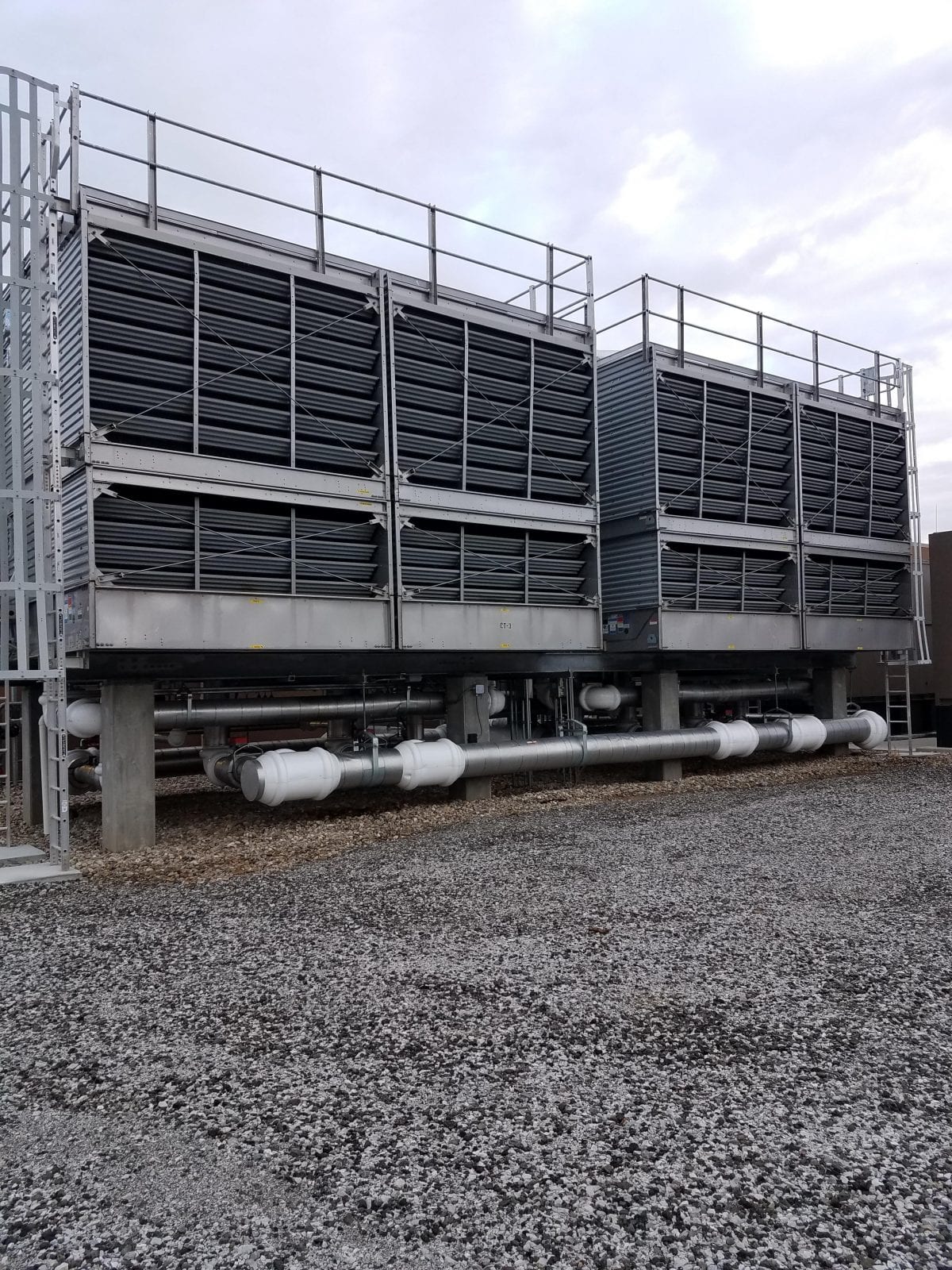
Legionella are ubiquitous bacteria with a worldwide spread in natural and artificial water environments, able to survive in a range of environmental conditions. Their ability to colonize our artificial water systems represents a serious concern for public health, since they can cause pneumonia and other respiratory illness (collectively referred to as “legionellosis”), especially in susceptible individuals.
Nowadays, several strategies are available to fight against Legionella and attain water disinfection. However, most of them, while having an appreciable disinfectant power, can also be responsible for significant side effects. This can be seen both on water system conditions, frequently causing corrosion issues, and on human health, due to the potential generation of toxic disinfection by-products.
Working together with Sanipur, the global water treatment chemicals provider, ChemREADY is offering Monochloramine water treatment products to help public facilities combat the spread of legionella. Why Monocholarmine? Why is it so effective as a secondary disinfectant treatment? ChemREADY is offering a detailed handbook that outlines the science behind monochloramine as a legionella treatment strategy.
Key Highlights Include:
When properly produced and dosed, monochloramine minimizes the generation of disinfection by-products that by contrast can represent a serious concern for other disinfectant and for hypochlorous acid/hypochlorite in particular. The only theoretical by-product of monochloramine synthesis reaction is water.
To learn more about Monochloramine chemical treatment solutions as an option for providing secondary disinfection for water facilities, click the link below to download the entire handbook.
Ben Frieders is the Business Development and Marketing Manager at ChemREADY, an industrial water treatment company, where he focuses on driving growth through strategic marketing, business development, and acquisitions. A former U.S. Navy Chief Petty Officer with a background in nuclear operations, Ben brings a unique blend of technical expertise and leadership to the water treatment industry. Certified in ASSE 12080 Legionella Water Safety and Management, he is a recognized expert in water quality standards, regulatory compliance, and Legionella risk management. Passionate about scaling businesses and optimizing systems, Ben combines data-driven strategies with a hands-on approach to help organizations achieve sustainable growth.